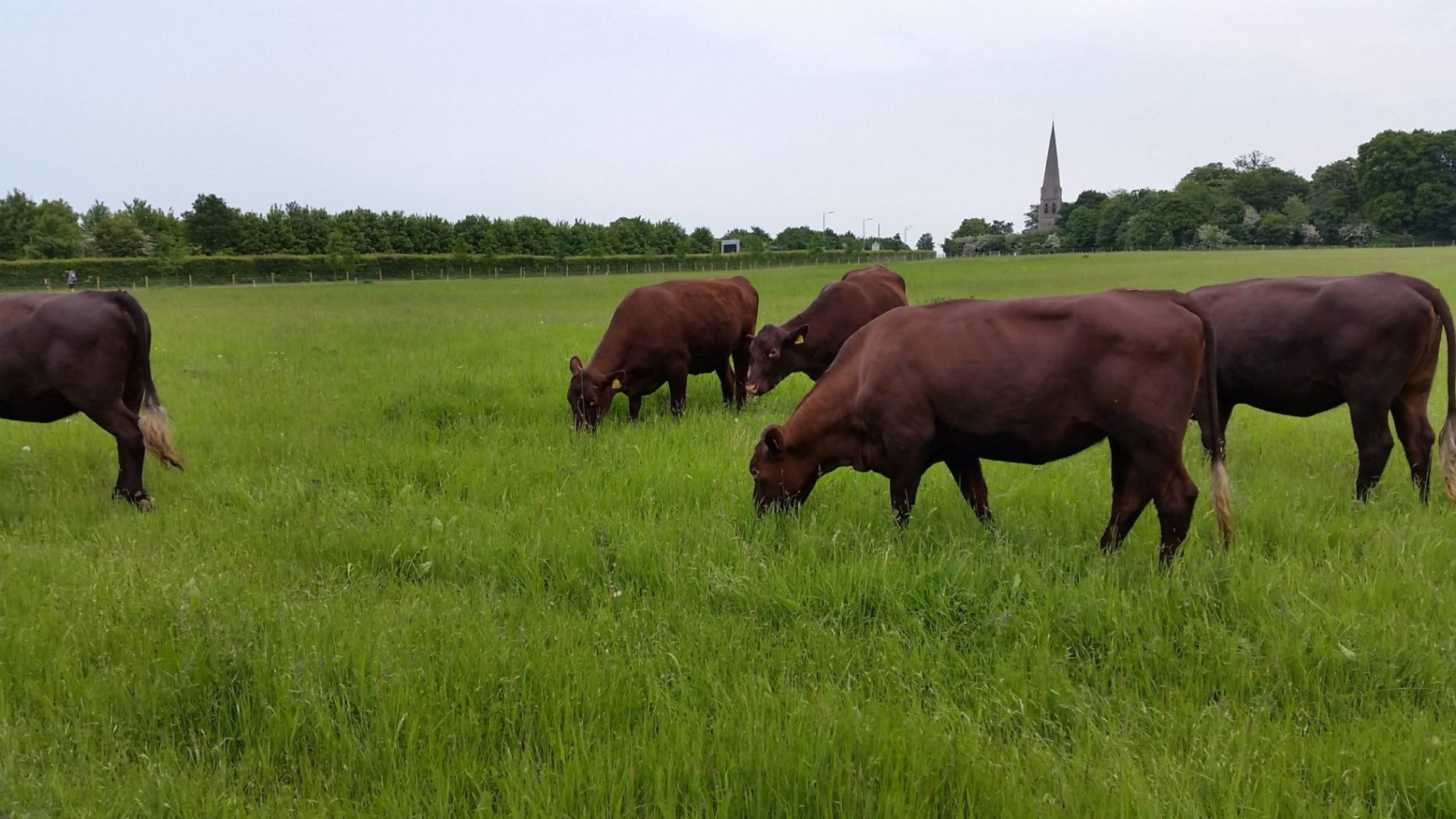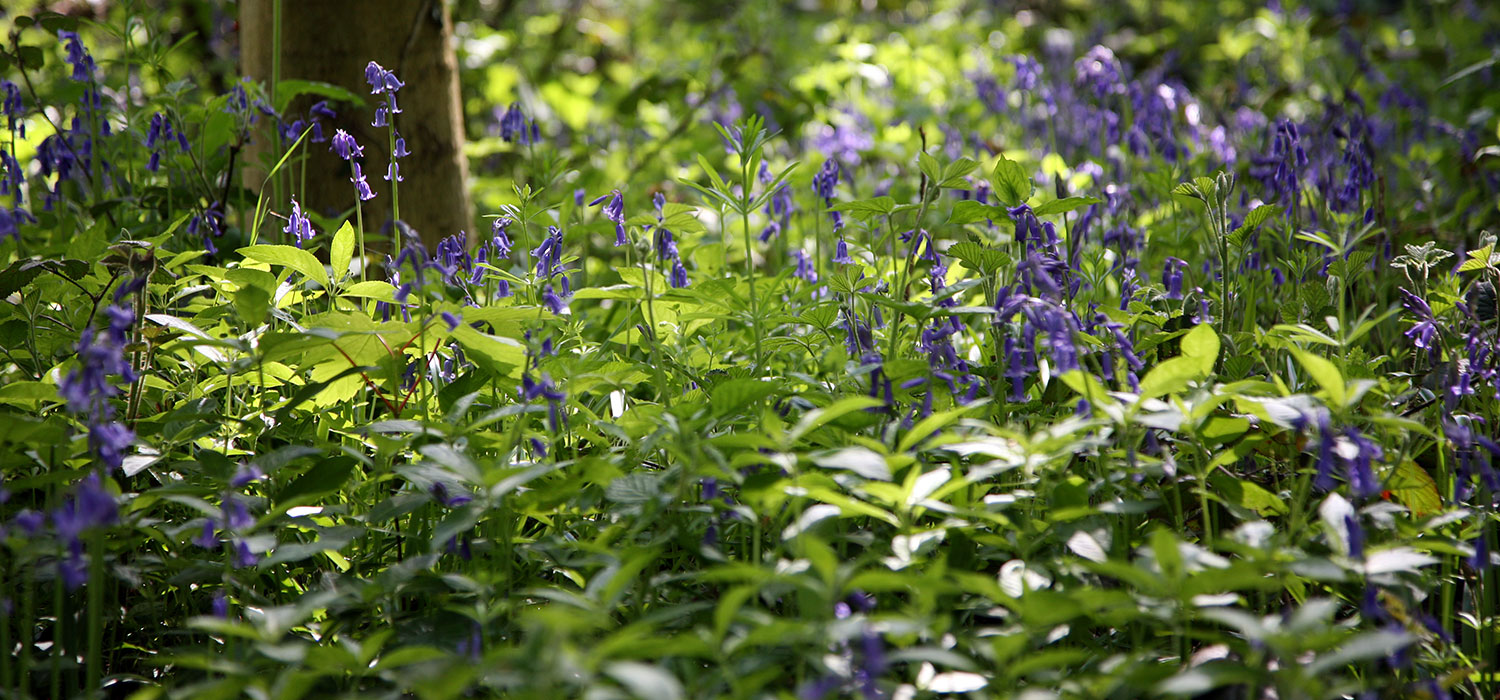Wildlife Conservation
Grazing cattle
Red Poll beef cattle have returned to a hay meadow in Hylands Park, Chelmsford, Essex for the summer as part of the Essex Grazing Project.
Red Polls are a traditional East Anglian variety of cattle, identified as a native breed at risk – the same type of cattle that our Essex ancestors would have seen around the countryside. They are ideally suited to grazing sites that are important for wildlife and open to the public. Lighter than most commercial continental breeds, they happily forage on vegetation and have a quiet, docile character.
Hylands Estate first introduced the cattle in April 2016. After spending spring, summer and early autumn browsing meadows and parkland, the cattle were housed for the winter and are now back outside.
During their time in the park, the herd will be a new sight for passing visitors, but they will also help to promote biodiversity and conserve the historic landscape of the area.
Hay has been made in Essex for centuries. A 76-hectare section of the park is currently used for haymaking, including the eight-hectare area of Widford Church Hill Meadow where the Red Polls will graze. As a result, the meadow is already a haven for plants and animals.
As they roam across the landscape, the cattle decide where to concentrate their efforts, creating a mosaic of different-length grasses. This is good for ground-nesting birds, while trampled ground is perfect for invertebrates, reptiles and seedlings that might not otherwise survive. Even the animals’ dung is good for the environment – over 250 species of insect are found in it, which are in turn eaten by birds, badgers, foxes and bats.
So that visitors to the park can enjoy watching the new arrivals, the meadow also includes a regularly-mown path. The cattle will be watched over by official Cattle Lookers, who will check that they are secure and healthy.
For more information on the Essex Grazing Project, including how to volunteer as a Cattle Looker, please visit www.essexgrazing.org.uk.












